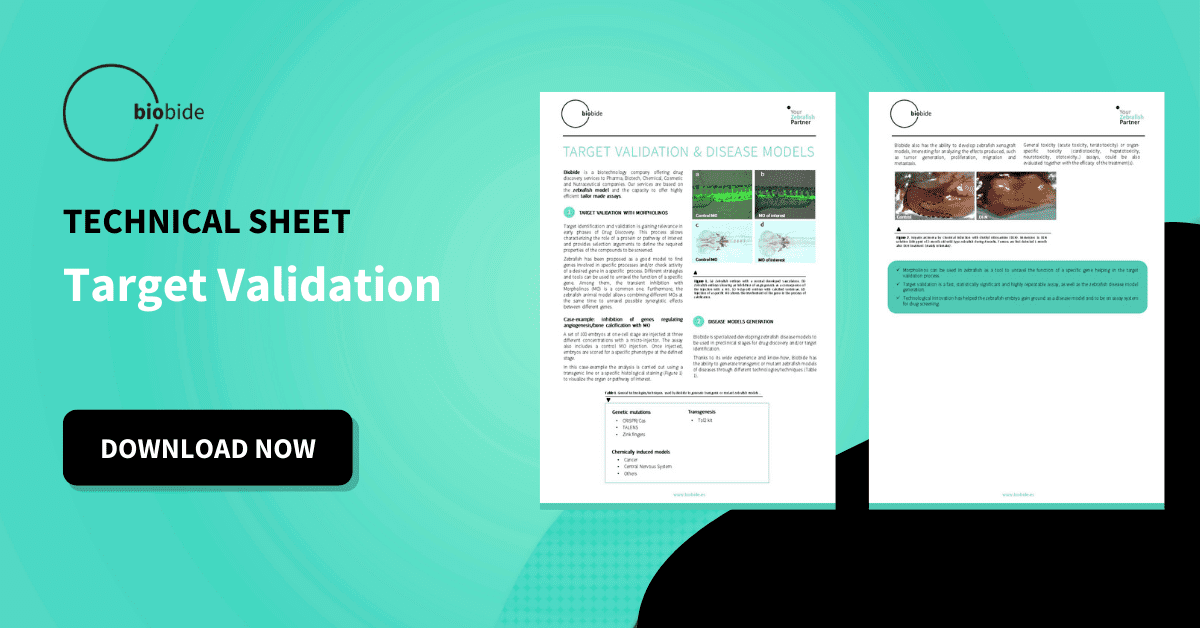Drug Discovery and Development involves the use of many highly specialized technical tools. Pharmaceutical R&D is constantly looking into the potential effects of new molecules on specific genes with incredible precision and verifiable results.
Starting with a microscopic focus on chemical compounds and DNA, scientists use gene silencing as a way to test any identified targets that show signs of potentially becoming the focus of a new drug.
Gene silencing refers to a type of gene editing that prevents specific genes from expressing their traits. The technique is valuable for research and discovery of new drugs, allowing scientists to observe and record the exact impact of individual genes on the whole biological system.
Gene silencing gives scientists and researchers a powerful way to control for variables in Early Drug Discovery.
The ongoing search for better treatments and new cures has many pharmaceutical companies interested in how they can fully make use of gene silencing as a way to discover new potential drugs.
With biomedical R&D and the pharmaceutical industry as a whole becoming increasingly competitive, gene silencing is almost a necessity for anyone trying to stay ahead of the curve and find new treatments and therapeutics before the competition.

Gene Silencing – A Type of Gene Editing
It’s important to note the difference between gene silencing and other methods of gene editing. While gene silencing reduces the expression of a gene and its associated trait, other types of gene editing can completely eliminate them.
However, one of the reasons gene silencing is so widely used is because it’s often preferable to not completely eliminate entire genes. In fact, avoiding simply erasing a gene has a lot of positive benefits for researchers starting the Drug Discovery process.
Many diseases interact with multiple genes in complex and hard-to-predict ways that could be missed if a gene is erased. Beyond that, gene silencing ensures any genes necessary for survival, leading to data that is more practically applicable and usable in future preclinical trials.
Being able to observe all effects, even if they are reduced, paints a more vivid picture of the full impact of a disease or a new drug target.
The word gene editing is an umbrella term for any type of genetic engineering. Any experiment where DNA is silenced, reduced, erased, overexpressed, or otherwise edited can be considered gene editing.
Modern gene editing makes use of incredible tools like CRISPR or morpholinos to specifically silence target genes, reducing their expression and changing how traits manifest in animal model organisms.
Morpholinos
Morpholinos are oligomer molecules that are useful for modifying the expression of genes. These specialized molecules give researchers and scientists the means to block access to specific RNA and silence targeted genes for precise experimentation.
Using morpholinos to silence specific genes makes it possible to learn about very specific interactions between DNA and gene expression. Once a gene is silenced, the other traits of the DNA and how a new drug or disease affect it are easier to see. Morpholinos allow for viable research into gene expression, connecting specific traits to specific genes.
 Image via NCBI
Image via NCBI
As a simplified example, it’s possible to use morpholinos to silence a gene responsible for producing a protein. Once that specific gene has its expression reduced, there should be a noticeable drop in the amount of protein that can then be measured and observed in the actual organism itself.
Having full control over the entire process allows for in-depth research around how molecules and chemical compounds affect every aspect of a cell and its genes.
Since its introduction into mainstream pharmaceutical R&D there has been a wide range of morpholino use in Drug Discovery. One of the animal models that have seen the most success with these gene silencing tools is Zebrafish.
Gene Silencing in Zebrafish
Morpholinos are one of the tools scientists have a lot of experience with when it comes to modifying Zebrafish DNA functions. With a fully sequenced genome and thousands of genetically modified examples already available, these small fish are a prime example of using morpholinos for gene silencing in drug development.
The use of Zebrafish in early Drug Discovery and in particular preclinical studies has seen a significant amount of modified Zebrafish DNA through gene silencing with morpholinos.
The benefits of a highly scalable vertebrate animal model that retains much of the human disease gene DNA, generates viable data about how diseases and new drugs affect specific genes. Through the controlled use of morpholinos, it’s possible to see exactly how a trait will manifest itself in the biological system.
Sharing homology with humans means that the results of experiments, testing, and assays with these modified Zebrafish are highly applicable to real world diseases that impact humans. The final aim is being able to gather the data needed to pass government regulations and enter clinical trials.
Ensuring viable data with repeatable experiments on specific genes helps create a full understanding of how a new drug could affect humans.
Finding the best way to use gene editing and gene silencing to help Drug Discovery is essential to stay ahead of the fast moving pharmaceutical industry. Having the right animal model ready for any assays allows for a smoother transition into the later stages of drug development.
In practical terms that translates into Zebrafish allowing for more new treatments to enter the market quicker.





